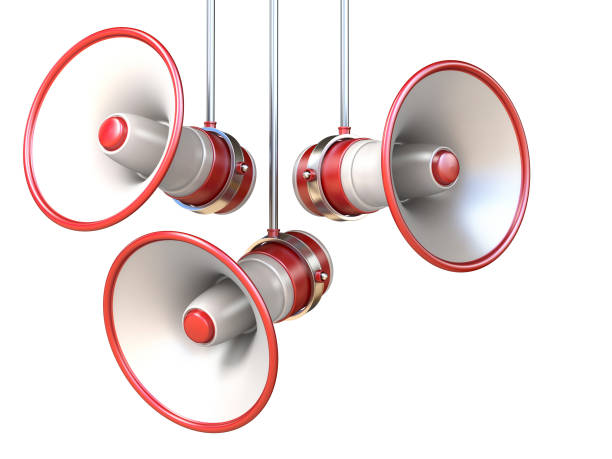Whether recording a music video at your production house or simply performing rehearsals, soundproofing is one of the most significant things to think about! It’s funny how we never realize the noisy world until building our recording studio. The quality of the microphone improves with a soundproof music studio.
This blog will help you discover how to achieve a soundproof music production studio to create the best environment for music-making and production.
What soundproofing does?
Soundproofing is all about blocking undesirable noises coming from and around the music-making environment. It makes the room more tranquil by intercepting out unnecessary or external noises helping your music sound better on a recording. Some of the everyday noises that soundproof blocks include traffic, weather, footsteps, etc. as all of these sounds can ruin your music recording.
Methods of soundproofing
Ideally, there are different processes that you can follow to soundproof your music production studio for enhanced sound and video production services.
Adding Density- You can add tons of density to the walls of your room which would prevent them from vibrating by reacting to sound energy. If you’re building a studio from scratch, make sure there is enough mass by adding sound blankets to the wall, merely making the structure thick and dense for soundproofing. You can use the sound transmission class (STC) to measure the effectiveness of the materials you have chosen for soundproofing. Other metrics in the market will help you determine which material works best for your walls. It’s best to take advice from professionals and experienced studio workers to ensure better results.
Damping- Damping is a process that scatters kinetic energy from sound waves by transforming them into heat. One of the most popular damping compounds available on the market is green glue. It is sandwiched between two rigid panels such as plywood, fibreboard, etc., using two tubes for every 4×8 feet sheet. This creates a sound barrier that can be added to any area of your room, including the floor, walls, ceiling, and door.
Decoupling– Decoupling is a process that blocks the transfer of sound by separating the communication points with a dense, flexible rubber. Since sound vibration transfers freely, decoupling uses a combination of techniques that produces a type of resonance that grows in the room and can be held to its place of origin instead of intensifying by its surrounding surfaces.
Filling air gaps- One of the basic rules of getting a studio soundproofed is sealing up every tiny gap and hole. Open-air spaces allow sound to enter and exit from one place to another. However, sealing them up with air-tight tools will enable no sound to sneak through. Some air filling tools include foam gasket, Acoustical Caulk, and Automatic door bottoms.
Apart from the four different methods stated above, you can also achieve a soundproof music production studio by referring to the following steps:
Preventing computer noises
Since computers and microphones are forced to coexist closely, occasionally, you may struggle with computer noises at your home or studio at work. Therefore, you can follow the tips below to keep this problem away.
- Create maximum acoustic separation between your computer and mic to reduce the noise to a manageable level. You can do this by expanding the distance between your computer and your mic. You can also change the working angles, use a dynamic mic, or opt for an acoustic treatment that absorbs any echoed computer noises around.
- You can use a laptop stand to decrease fans’ noise when laptops get hot.
- You can also get an iso box that prevents computers from overheating and producing sound.
Preventing A/C noises
Sometimes, the studios get hot while you’re recording, and it’s hard to beat the heat. To keep the fans and a/c noises away, you can follow the steps below-
- A significant portion of an A/c noise comes from its unit; therefore, stuffing up every tiny crack will leave no opening for sounds to leak.
- Removing the vents covering the air duct in the room will deliver cooling through better airflow and allow your A/C to run on a lower setting.
Reducing echo
Adding absorption panels on the ceilings and the walls of your room will solve the echo problem. If the first refraction of the sound is absorbed correctly, the echo can be reduced to a tremendous level. Opting for acoustic foam panels, bass traps, etc., will limit the coverage of refractive areas.
It’s all in the teamwork
Combining the soundproofing methods mentioned above will help you get the best results. A team works together to reach the desired outcome; similarly, each method has its benefits and will help you achieve the most effective sound through the studio. Using material and building structures that absorb and damp will improve your sound recording quality, sound production, and video production services.
Read more blogs – zoombazi





